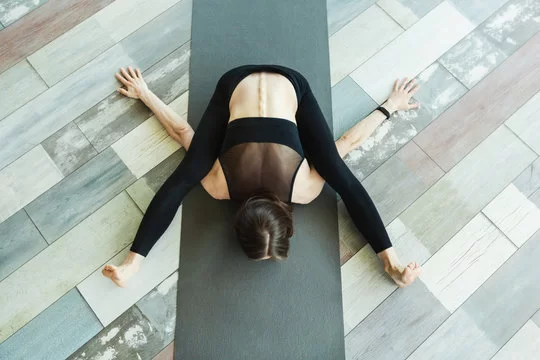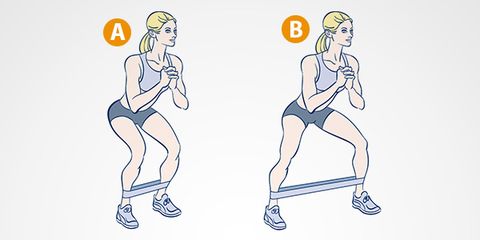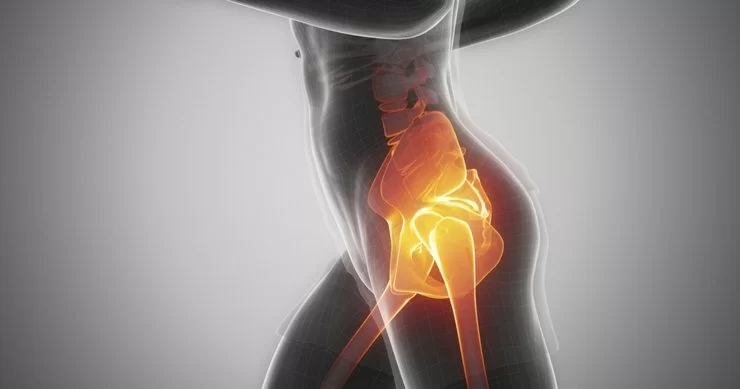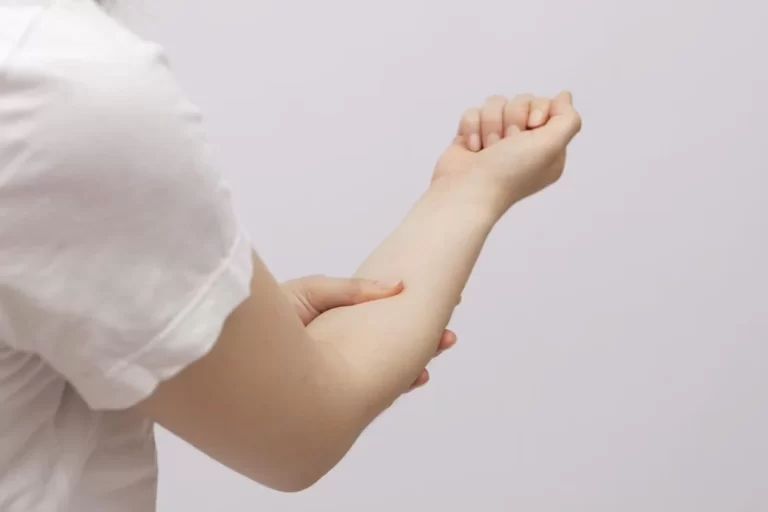Kurmasana (Tortoise Pose)
What is Kurmasana?
Kurmasana gets its term from the Sanskrit word ‘Kurma’ means turtle or tortoise and ‘asana’ means posture or pose. It is a seating forward bending pose.
Kurmasana is one of the core postures known to have more benefits for the human body. The health benefits of Tortoise pose can be maximized when it is practiced in the morning as well as before sunrise.
Tortoise Pose not only creates your body flexible but even sustains your health and rejuvenates the nervous system due to the spinal stretch.
This pose is a significant path to invoke relaxation. It may be greatly beneficial for individuals to perform after a long, stressful day. This posture has the unique ability to relax both the body and mentality, so it can be used for mental stress relief.
How to do Kurmasana?
Sit on the ground floor with your legs extended out in front of you.
Extend the feet out as much as you can. Bend the knees slightly while maintaining the ankles on the ground floor.
Maintain the hands below the knees and flex in front of the hips. The palms can be fronting up or down.
Turn forward and drive the arms slowly from under the feet to the back.
Depending on your capability, you can bend your knees further.
Continue to extend your arms backward. Until your elbows are virtually touching the backs of your knees.
Maintain the anxiety in your back muscles at bay. Gradually bring your ankles forward and straighten your legs as much as you can. The body will automatically flex forward due to the pressure on the hands and feet.
Gently tilt the body forward. Tilt your head until your chin relaxes on the floor. Do not use any sort of force when applying the body.
Extend your chest and collarbone forward and lower them utilizing the weight of your thighs on your upper arms.
Extend your legs by extending and straightening your internal heels, while maintaining your internal thighs in contact with your ribs side.
Bring a deep breath and continue to spread your arms and chest towards you.
Relax, close your eyes, and take deep breaths.
As much as probable, hold this state.
Kurmasana Pose Video
Benefits Of Kurmasana
- Stretches Hips and Shoulders
The stretching you accomplish to accurately perform this pose; opens your hips and reduces shoulder knots. moving further, muscle contraction and relaxation during the tortoise pose or asana encourage flexibility so that your lower back and shoulder rapiers work smoothly.
- Improves the Functioning of the Respiratory System
While accomplishing this pose, the muscles in the upper torso contract, and it creates the diaphragm, chest, and lungs to press downwards.
This contraction not only enhances the flexibility of these muscles but even enhances the functioning of the respiratory organs.
- Elongates Spine
When you execute the Tortoise pose, your body is bent forwards; accordingly, you stretch your backbone. Thus, it elongates the spinal cord and even creates sure the blood circulation is smooth without any blockages.
- Lengthens the Lumbar Area
Since the aches in the lumbar region are fairly common, you can try accomplishing the Tortoise pose to relieve your nerves. Moreover, as you accomplish this posture, the impacted region brings gently massaged; this relieves immobility and promotes muscle strength.
- Reduces Stiffness
Individuals who have a lethargic lifestyle generally create muscle stiffness. In obtainment, due to lack of movement, they even suffer from sciatica. Kurmasana is an outstanding remedy for such conditions. It can stimulate the muscle’s elasticity, relieve lower back issues, and reduce sciatica.
- Tones the Body
When you are in the tortoise posture, your stomach, shoulders, and arms all get greatly stretched. So, if you maintain this pose for longer, you can burn fat collected in these regions. Thus, you can tone your full body by accomplishing this posture along with other fat-burning asanas.
- Treats Asthma
If you suffer from asthma or any other respiratory problem, by accomplishing this particular asana, you can support and manage your ailment. With the lengthening of your diaphragm and stretching of the spinal cord, your lungs expand and bring fresh oxygen.
- Regularises Sleep
Tortoise Pose requires expansive stretching of every muscle in your body. Although it appears difficult, this yoga can virtually calm your nerves. Thus, one of the greatest benefits of tortoise pose is it generates relaxation and sleep. Individuals who struggle with acute insomnia are often suggested to practice this exercise.
Modifications and Variations
Need a Modification?
Though it is accepted as an intermediate posture, even a few additional advanced yogis struggle with yoga poses like tortoise poses which require flexibility in the hamstrings.
For newbies, try enhancing your flexibility through everyday stretching and poses that can lead up to Kurmasana.
If you are unable full posture with your legs extended, then try a limited pose with your head above the ground floor and knees flexed.
Another modified Kurmasana Pose does not require you to extend and straighten your legs. Rather, maintain your feet together and knees flexed as indicated by Cobbler’s Pose (Baddha Konasana). This will shift the stretch to your internal thighs rather than hamstrings, but it is a great starting point and will still open up your hips and back.
You can even ease into the posture with a yoga block. Use an asana block to boost your chest up rather than leaning fully into the stretch. With everyday practice, you may be capable to work your path up to the full Tortoise Pose without modifications
Up for a Challenge?
Once you’ve learned Kurmasana, attempt a few of these methods to challenge yourself. Once you’re in the full stretch, get your hands around your back. Even if your fingers don’t touch, this creates the pose slightly more challenging. Another path to challenge yourself is to cover your feet together above your head.
An advanced posture that will challenge you further is Tittibhasana. This is an advanced arm balance pose where both legs are relaxed on top of the back of the arms and extended in front of your body. Firefly Pose will even strengthen your core and shoulders.
Precautions & Contradictions
Avoid tortoise pose during pregnancy and the menstrual cycle. This pose lays intense pressure on the abdominal region or the uterus.
Individuals with Sciatica should avoid running too in-depth in tortoise pose. Overstretching of the hamstring could aggravate your sciatic nerve pain.
Injury to the shoulder, abdominal surgery, serious disc problem, spinal injury, etc should not practice in tortoise pose. This could aggravate the situation of the above-stated problems.
Conclusion:
To accomplish a tortoise pose, one has to extend his arms and legs like a tortoise. This is a very useful exercise, which supports your body fit.
tortoise pose is an intense forward fold that stretches in the waist and back, which enhances blood circulation in the backbone. The pose relaxes the brain nerves as well as activates the abdominal organs.
FAQ
1. Why is Kurmasana known as the tortoise pose?
Kurmasana is even known as the tortoise pose. The term ‘kurma’ means tortoise, and ‘asana’ means posture. The tortoise pose is elucidated by the attributes of a Kurmasana. A tortoise withdraws inwards when it suspects any threat everywhere. Likewise, while practicing Kurmasana, we unfold a feeling of bonding with our spiritual core by moving inwards.
2. What are the risks associated with Kurmasana?
Individuals suffering from sciatica, hernia, severe arthritis, and slipped disc should avoid accomplishing Kurmasana. Regardless, it is advised to accomplish the pose under the guidance of a trained yoga specialist.
3. Who can perform the tortoise pose?
Although the tortoise pose is one of the most difficult poses, it can be done by children and adults. Individuals who are looking for paths to enhance digestion, back problems, or difficulty in respiration can even try accomplishing this posture to cure these ailments. In addition, individuals who are stressed may try practicing this asana to bring comfort.
4. What are the physiological effects of Kurmasana?
The Kurmasana is considered a posture that can connect your internal self with the spiritual ones. It enhances the flexibility of the back, hips, and shoulders. Furthermore, it even removes distractions and maintains your nerves relaxed.
5. What muscles does Kurmasana work?
This movement requires both the gluteus minimus and medius as well as the deep 6th lateral rotators, to be open enough to allow the depth of rotation required, specifically if you are putting your legs behind your head.







